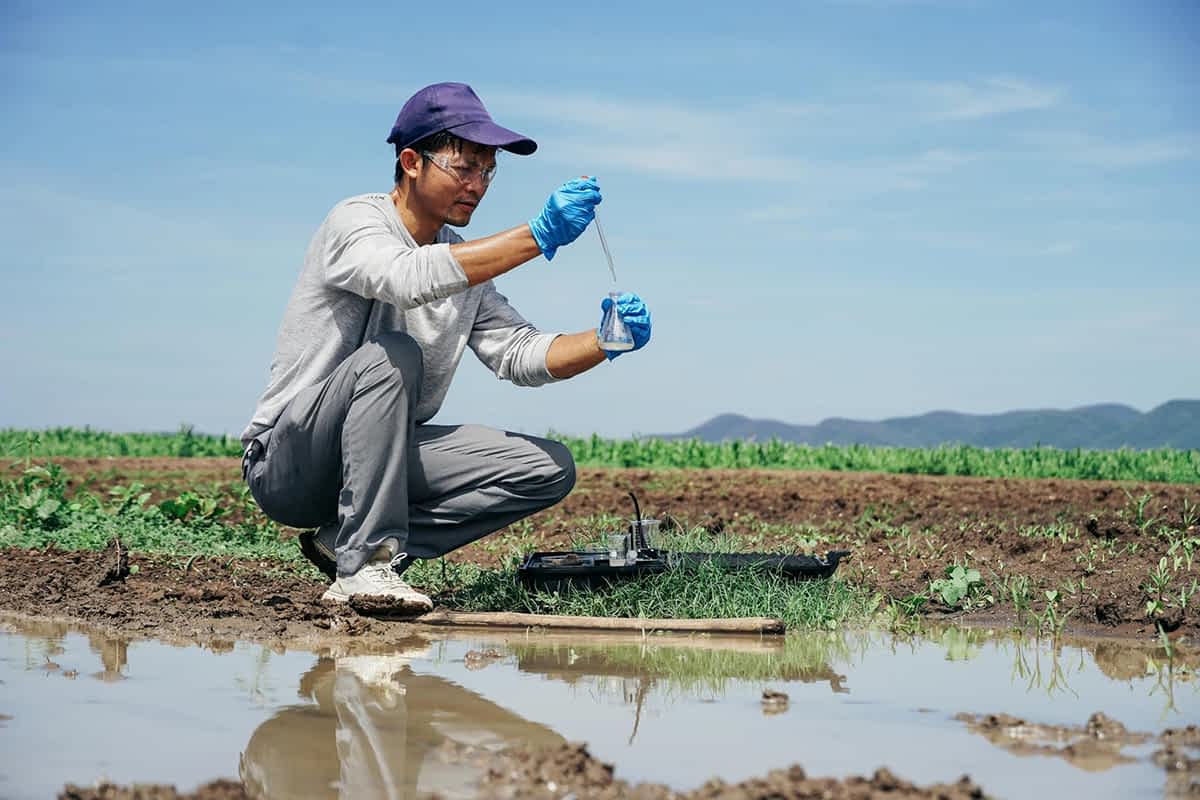Human microbiome analysis
See how NGS can empower studies capable of surveying the genomes of entire microbial communities, including those of unculturable organisms.
Identify and compare microbes from complex microbiomes or environments using culture-free NGS-based ITS and 16S rRNA gene sequencing methods
16S and Internal Transcribed Spacer (ITS) ribosomal RNA (rRNA) sequencing are common amplicon sequencing methods used to identify and compare bacteria or fungi present within a given sample. Next-generation sequencing (NGS)-based ITS and 16S rRNA gene sequencing are well-established methods for comparing sample phylogeny and taxonomy from complex microbiomes or environments that are difficult or impossible to study. These culture-free methods allow scientists to identify bacteria or fungi that may not be found using other methods.
The prokaryotic 16S rRNA gene is approximately 1500 bp long, with nine variable regions interspersed between conserved regions. Variable regions of the 16S rRNA gene are frequently used for phylogenetic classification of genus or species in diverse microbial populations.1 The ITS1 region of the rRNA cistron is a commonly used DNA marker for identifying fungal species in complex microbiome samples.2

A key benefit of 16S and ITS ribosomal RNA NGS methods is that they provide a cost-effective technique to identify microbes that may not be found using traditional methods. Unlike capillary sequencing or PCR-based approaches, next-generation sequencing is a culture-free method that enables analysis of the entire microbial community within a sample.
16S rRNA NGS allows microbiologists to achieve genus-level sensitivity for diversity analysis of bacterial populations. ITS analysis with NGS enables rapid fungal identification to help advance our understanding of the mycobiome. Furthermore, NGS offers the ability to combine multiple samples in a sequencing run.
Learn about solutions for taxonomic profiling of bacterial communities and microbiomes with NGS. Illumina workflows integrate library prep, sequencing, and data analysis.
Your email address is never shared with third parties.
A fast, integrated workflow for preparing libraries for use in sequencing applications such as 16S and ITS rRNA sequencing.
Beads for library clean-up and size selection in 30 mL, 100 mL, or 400 mL sizes. Products can be found under “Accessory products” on the Illumina DNA Prep product page. Download flyer
Our fastest, simplest benchtop system for 16S sequencing.
Empower discoveries with a comprehensive workflow from start to finish.
Performs taxonomic classification of 16S rRNA targeted amplicon reads using an Illumina-curated version of the GreenGenes taxonomic database.
Take the guesswork out of your next workflow. The NGS Workflow Finder provides personalized solution recommendations and resources so you can sequence with confidence.
Learn how the NextSeq 1000 and NextSeq 2000 Systems can enable efficient, high-throughput characterization of microbial populations in your laboratory.

See how this method enables microbiologists to evaluate bacterial diversity, detect the abundance of microbes in various environments, and study unculturable microorganisms that are otherwise difficult or impossible to analyze.
Learn about how to collectively study expressed mRNA from complex microbial communities. This method also allows researchers to gain important insights on how microbes respond to a given environment at a specific time.
16S rRNA is a subunit of a ribosome found in all bacteria and archaea. It is 1500 nucleotides long and contains nine variable regions interspersed between conserved regions.
16S rRNA sequencing is a culture-free method to identify and compare bacterial diversity from complex microbiomes or environments that are difficult to study. It is commonly used to identify bacteria present within a given sample down to the genus and/or species level. Specifically, it is an amplicon-based sequencing method that targets the 16S rRNA bacteria-specific genetic marker using a single amplicon focused on a single gene.
Because the 16S rRNA sequence is ubiquitous in bacteria and archaea, it can be used to identify a wide diversity of microbes within a single sample and single workflow. Through 16S rRNA sequencing, one can identify taxa present in a sample. This leads to a greater understanding of our microbial communities and their interactions with us.
Both the ribosome and its subunits are characterized by their sedimentation coefficients, expressed in Svedberg units (symbol: S). In this case, 16S means it takes 16 Svedberg units of time for the ribosome to sediment in a solution.
All bacteria and archaea have a 16S rRNA sequence.
In amplicon sequencing of 16S rRNA, the primers used bind within regions that are not 100% conserved across bacteria. This leads to some regions of certain bacteria not being included in sequencing. Additionally, chloroplasts have some homology to 16S rRNA genes and may amplify. Because microbiome samples can come from a wide variety of sources with variable compositions, it’s recommended to use control samples when investigating new sample types.
16S DNA refers to the gene in the bacterial genome that codes for the 16S rRNA. 16S rRNA is the rRNA that is transcribed from the 16S DNA gene. The Illumina 16S Metagenomic Sequencing Library Preparation protocol uses DNA as input, and the PCR primers target the variable regions V3 and V4 of the 16S DNA gene for the amplicon PCR.
The 16S Demonstrated Protocol provides an option for creating Illumina compatible libraries from the target of your choice. Fungi and other organisms do not have 16S rRNA genes; however, they have other conserved regions such as 18S and ITS regions. Any amplicon can be used to do similar diversity analysis studies.
The internal transcribed spacer 1 (ITS1) region of the rRNA cistron is a commonly used DNA marker for identification of fungal species in metagenomic sample. 2
Interested in learning more about 16S and ITS rRNA sequencing?
Your email address is never shared with third parties.